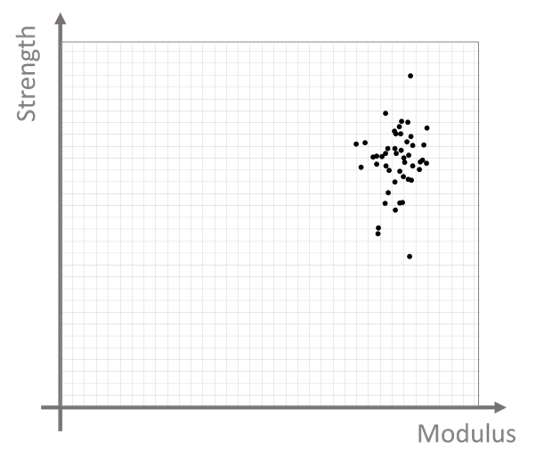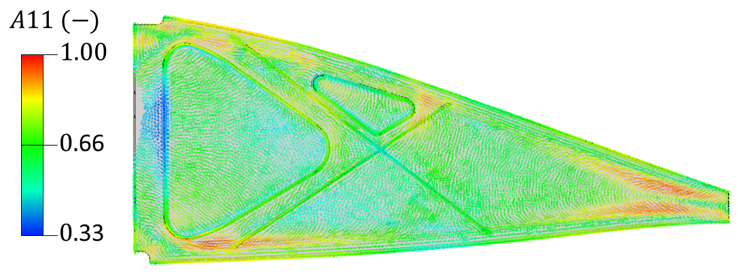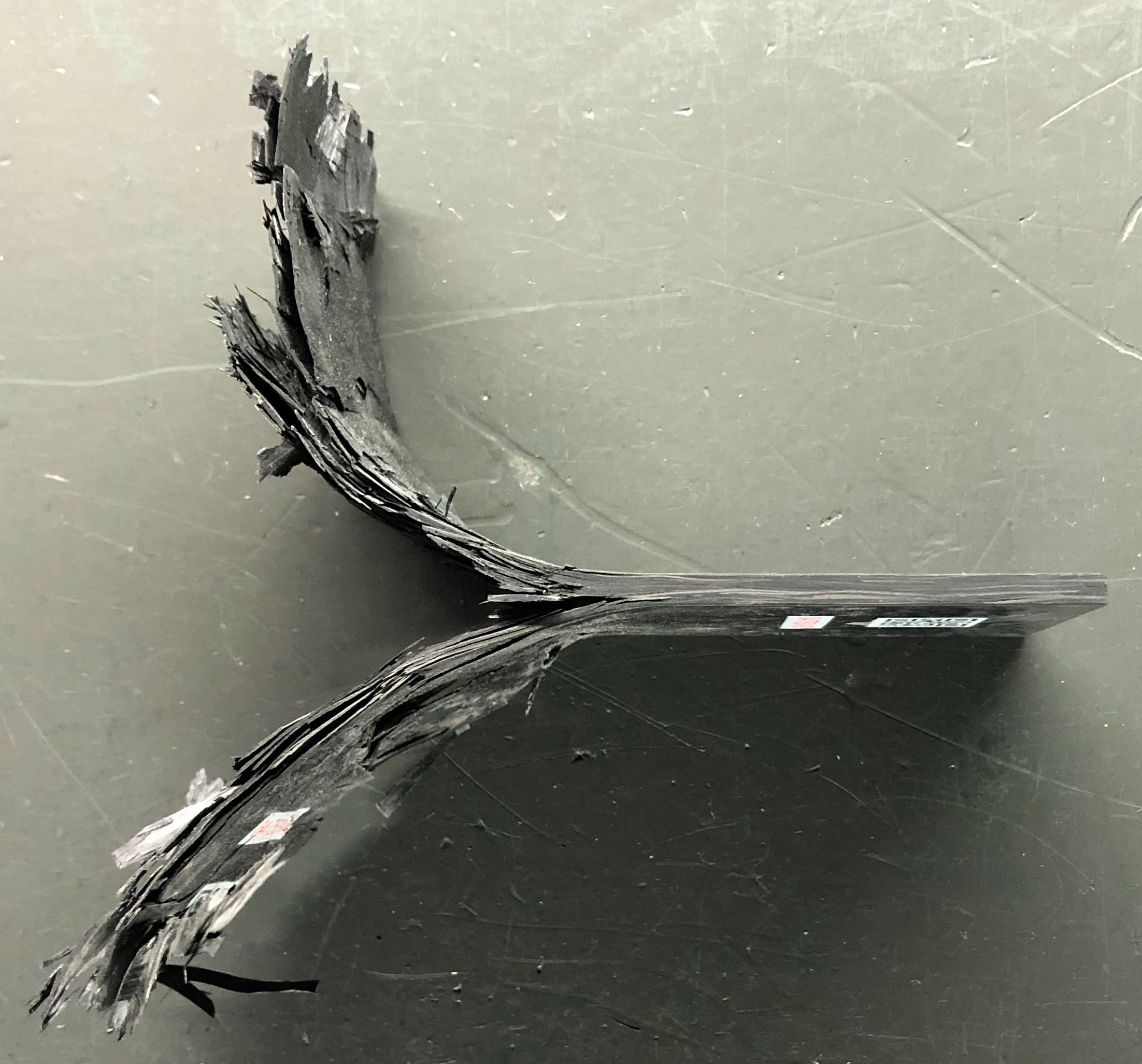FiRMA
Failure in Random Material Architectures
With short fibre composites, variation is inherent in thin, lightweight structural components. FiRMA enables the prediction of the range of structural performance seen across a batch of components for both strength and stiffness.
Improve the performance and weight of your designs with predictive, virtual development.
Contact us now and learn how we can help you speed up your development process, reduce costs and develop lighter and safer SMC structures.
Finite Element Analysis of SMC
It is in the nature of randomised short fibre material that the fibre orientations in key structural areas are unknown and change between components, this means that there is never one answer to component performance in a batch. Engenuity endeavoured to find a solution from existing commercial software that could predict this variation, however all we found was simulation programmes either giving a single answer for strength and stiffness or take a single answer for the variation (usually at coupon level) and using this as though it were intrinsic to the material.
A fundamental aspect of engineering with short fibres is that the variation is geometry dependent. In thick sections the randomisation essentially averages out, giving an isotropic material, it is in thin, lightweight structures where the variability shows up. At a typical component level it is vital to consider this aspect of the behaviour. At coupon level the effect is magnified, the results at coupon level should therefore not be used to rule SMC as an unsuitable material option based on coupon test data. Nor can this data be extrapolated to component level where the geometry will ensure performance is much more repeatable than the material data would suggest.

A typical test result on SMC coupons – there is no single answer to SMC strength and stiffness
FiRMA Analysis of SMC Structures
The FiRMA approach aims to replicate the processes going on inside the material using a combination of 2 techniques, RLVEs (Random Laminate Volume Elements) and advanced composite damage modelling. The RLVEs are set to a critical size to reflect the fibre length and ply thickness used in the SMC, each RLVE represents a ‘chip’ of composite material which has orthotropic properties that can be randomised.


Allied to the RLVE approach is explicit damage modelling, FiRMA uses a 26 parameter composite damage material card. The properties for which can be back calculated from SMC test data. We test 50 coupons across 5 coupon geometries to populate the material card, we purposefully use thinner sections and a variety of shapes to exaggerate the variation.
To predict the variation FiRMA randomises the RLVE orientations between runs, shell elements ensure the simulation runs quickly so a population of results can be built up. An example can be seen below, it not only outputs the stochastic data for strength and stiffness, but also gives a graphical view of failed elements so a designer can see weak points in the design.
FiRMA is a customisation of Altair Hyperworks and is available now.


FiRMA Flow
We are currently developing a version of FiRMA that uses flow data to bias fibre orientations. We have empirical data demonstrating the randomisation still remains, even in parts with significant flow, but the fibre orientation distributions are biased in the flow direction. FiRMA Flow will be available to license soon.


Plot showing fibre orientation data from flow simulation (courtesy of Simutence)
Engineering of Sustainable Short Fibre Structures
The current options for high-throughput composite recycling generate short fibre materials. The natural path for these is to make short fibre composites, which when tested will likely show the same variation in coupon level test data as other short fibre materials. The variation will almost certainly be seen as an issue with fibre quality or batch to batch variation in the recyclate, it is likely neither of these are the defining factor. FiRMA can make sense of this variation and show the materials true performance at component level, minimising the level of downcycling and using the recycled high-performance material in new high-performance applications.
Crash Simulation with SMC
Explicit modelling of composites in crash simulation is best done using Engenuity CZone, this accurately predicts the energy absorption in crush for both continuous and discontinuous fibre composites at the crush front. CZone simultaneously calculates the forces transferred from the crush front to the backup structure, if the backup structure is SMC then FiRMA can be used to develop this area and ensure a lightweight structure that maintains the safety of vehicle occupants and systems.
Learn more about CZone.


SMC coupon after an impact test to measure crush stress
Our network of experienced sales engineers at Engenuity are happy to assist you with any question on the implementation of FiRMA on your projects. With over 30 years of experience, our team will find the solution that will perfectly fit your needs.
Contact us now and learn how we can help you improve your SMC engineering
